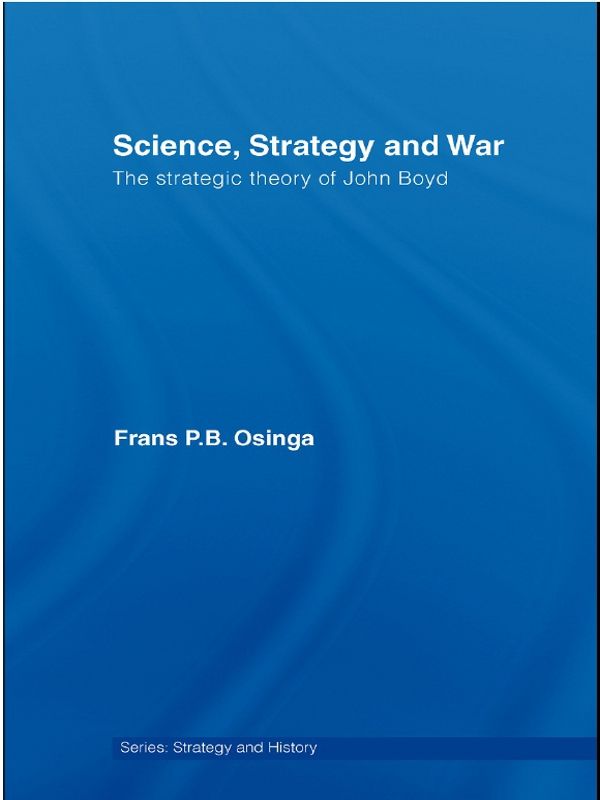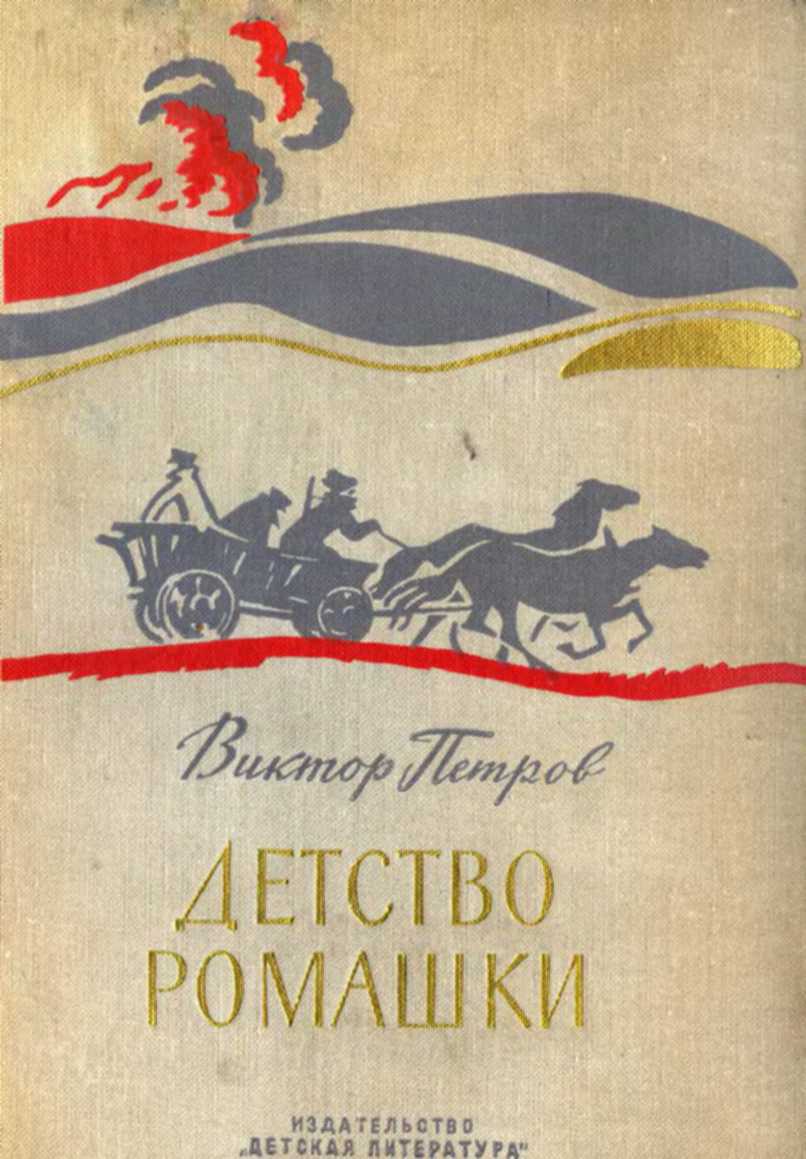cit., p. 193: ‘The army’s disposition if force (hsing) is like water. Water’s configuration avoids heights and races downward. The army’s disposition of force avoids the substantial and strikes the vacuous. Water configures its flow in accord with the terrain; the army controls its victory in accord with the enemy. Thus the army does not maintain any constant strategic configuration of power (shih), water has no constant shape. One who is able to change and transform in accord with the enemy and wrest victory is termed spiritual.’
67 Ames, op. cit., p. 84.
68 Sawyer, op. cit., p. 224.
69 Ibid., p. 178.
70 Ibid., p. 199.
71 Sun Tzu’s military thought has frequently been erroneously identified solely with deceit and deception. These two terms, however, connect ideas that ultimately need to produce surprise. Only twice do deception and deceit appear explicitly in the book.
72 Ibid., p. 188.
73 Ibid., p. 220.
74 Ibid., p. 193.
75 See Sawyer, op. cit., p. 187: ‘In general in battle one engages with the orthodox and gains victory through the unorthodox [. . .] the changes of the unorthodox and orthodox can never be completely exhausted. The unorthodox and the orthodox mutually produce each other, just like an endless cycle. Who can exhaust them?’
76 Ibid., pp. 147–50.
77 The source for this section is O’Dowd and Waldron, ‘Sun Tzu for Strategists’, Comparative Strategy, Volume 10, 1991, pp. 31–2.
78 See Coram, op. cit., Chapter 19, for Boyd’s command experience in Thailand.
79 See for instance Edward Luttwak, ‘The Operational Level of War’, International Security, Winter 1980/81 (Vol. 5, No. 3), pp. 61–79.
80 Or almost unpaid: he did receive symbolic payment in order to retain access to the Pentagon. I am endebted to Chet Richards for this remark.
81 See Hammond, op. cit., pp. 101–17 for a full discussion of Boyd’s role and the activities of the reform movement, as well as Coram, Chapters 25 to 31, in particular Chapter 25. See also Lieutenant Colonel Mark Hamilton, ‘Maneuver Warfare and All That’, Military Review, January 1987, p. 3; William Lind, ‘Defining Maneuver Warfare for the Marine Corps’, Marine Corps Gazette, March 1980, p. 56; and William Lind, Colonel Keith Nightengale, Captain John Schmitt, Colonel Joseph Sutton, Lieutenant Colonel G.I. Wilson, ‘The Changing Face of War, Into the Fourth Generation’, Military Review, October 1989, p. 4.
82 For two balanced and thorough critical discussions see John J. Mearsheimer, ‘Maneuver, Mobile Defense, and the NATO Central Front’, International Security, Winter 1981/82 (Vol. 6, No. 3), pp. 104–22, and Richard K. Betts, ‘Conventional Strategy, New Critics, Old Choices’, International Security, Spring 1983 (Vol. 7, No. 4), pp. 140–63, from which this assessment was gleaned.
83 Bernard Brodie, War and Politics, New York: Macmillan, 1973, p. 473.
84 See Colin Gray, ‘Strategy in the Nuclear Age’, in Williamson Murray, MacGregor Knox and Alvin Bernstein, The Making of Strategy, Rulers, States, and War, Cambridge: Cambridge University Press, 1994, pp. 587–93.
85 Larry H. Addington, The Patterns of War Since the Eighteenth Century, Blooming-dale: Indiana University Press, second edition, 1994, p. 290. For a critical view on this see for instance Richard K. Betts, ‘Should Strategic Studies Survive?’, World Politics, Vol. 50, No. 1, 1997.
86 Benjamin Lambeth, The Transformation of American Air Power, Santa Monica: RAND, 2000, p. 35.
87 Russell F. Weighly, The American Way of War, A History of United States Military Strategy and Policy, New York: Macmillan Publishing Co., 1973, p. 476. In Europe US units were stationed to share risk and signal commitment, as well as to act as a trigger. They were not expected to hold off a large scale Soviet invasion with conventional fighting for long, and defense plans in the 1960s did not exceed ninety days of conventional fighting. See Phil Williams, ‘United States Defence Policy’, in John Baylis, et al., Contemporary Strategy, Theories and Policies, New York: Holmes and Meter, 1975, pp. 196–206.
88 See for instance Andrew Krepinevich, The Army and Vietnam, Baltimore: Johns Hopkins University Press, 1986, Chapter 2; Stephen Peter Rosen, Winning the Next War, Ithaca: Cornell University Press, 1991, Chapter 1; Deborak Avant, Political Institutions and Military Change, Ithaca: Cornell University Press, 1994, Chapter 3; and M.L.R. Smith, ‘Strategy in an Age of “Low Intensity” Warfare’, in Isabelle Duyvesteyn and Jan Angstrom (eds), Rethinking the Nature of War, Abingdon: Frank Cass, 2005.
89 Hallion, op. cit., p. 48.
90 Hammond, op. cit., p. 106.
91 Hallion, op. cit., p. 18.
92 Lambeth, op. cit., p. 69; Shimon Naveh, In Pursuit of Excellence, The Evolution of Operational Theory, London: Frank Cass, 1997, p. 254.
93 Lambeth, op. cit., pp. 54–5.
94 Ibid., pp. 55–6.
95 See James Fallows, National Defense, New York: Random House, 1981, pp. 15–17.
96 Burton, op. cit., p. 43.
97 Brodie, op. cit., p. 458.
98 See Paul Johnston, ‘Doctrine is not Enough: the Effect of Doctrine on the Behavior of Armies’, Parameters, Autumn 2000, pp. 30–9, for a short if somewhat too rosy account of this change in atmosphere.
99 See Lambeth, op. cit., pp. 59–81.
100 Weighley (1973), pp. 475–7.
101 Andrew Latham, ‘A Braudelian Perspective on the Revolution in Military Affairs’, European Journal of International Relations, Vol. 8 (2), June 2002, p. 238.
102 Peter Faber, ‘The Evolution of Airpower Theory in the United States’, in John Olson (ed.), Asymmetric Warfare, Oslo: Royal Norwegian Air Force Academy Press, 2002, p. 109.
103 Coram, op. cit., p. 322.
104 Hammond, op. cit., p. 154.
105 Ibid., p. 17. See also Coram, op. cit., p. 309; and Cowan, op. cit., p. 17.
106 Cowan, op. cit., p. 19.
107 Ibid., pp. 23–8; Hammond, op. cit., pp. 195–6; Coram, op. cit., Chapters 27–8.
108 Marine Corps Doctrinal Publication 1, Warfighting, Washington, D.C.: Department of Defense, 1997, p. 74.
109 Ibid., p. 77.
110 John Schmitt, ‘Command and (Out of) Control: The Military Implications of Complexity Theory’, in David Alberts and Thomas Czerwinski, Complexity, Global





